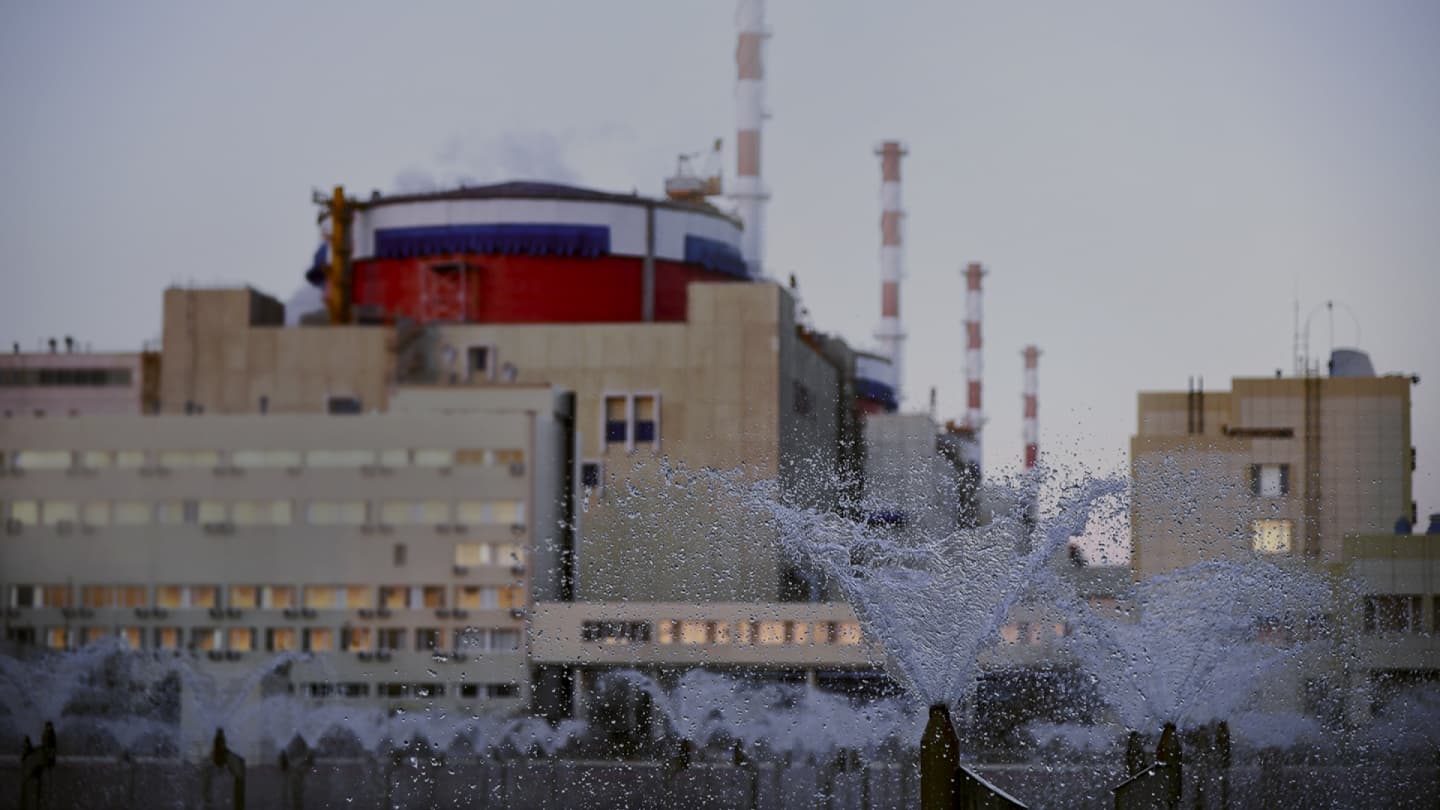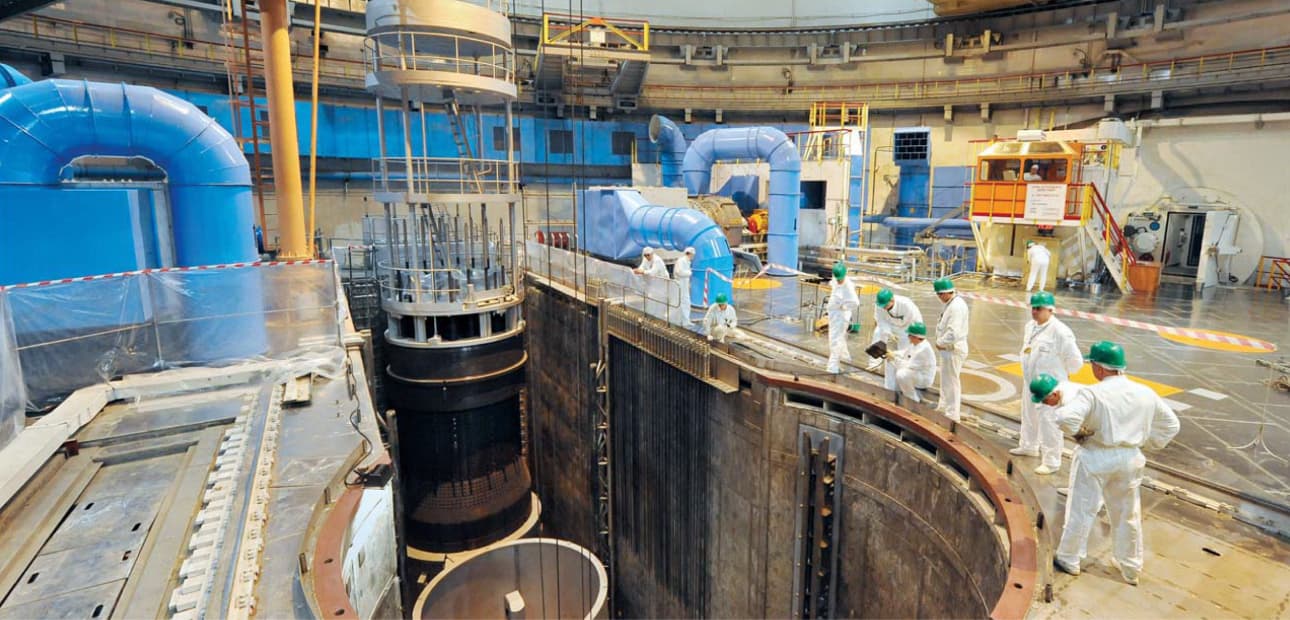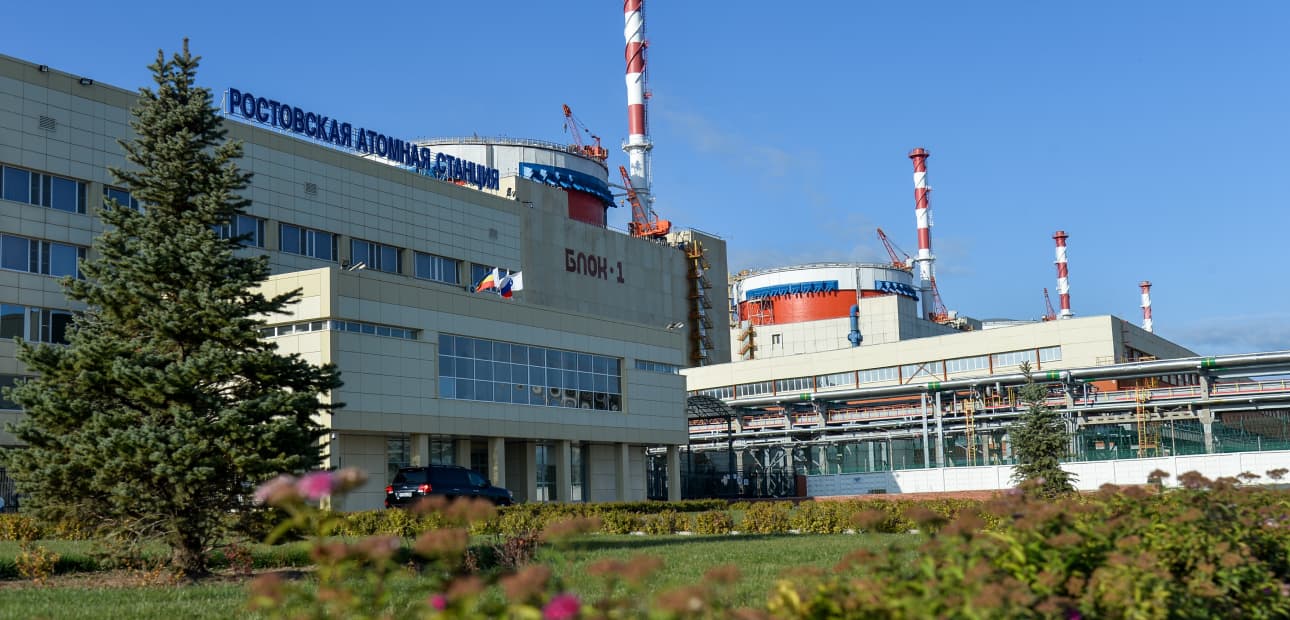Social policy is a separate plant activities applied to the locality outside the plant.
The plant operates successfully making it possible to resolve social issues both in the Rostov region and town of Volgodonsk.
Every year, the plant applies an extensive charity program proving support for child- and health-care facilities, veterans organizations, cultural establishments, sports facilities, and educational institutions.
When the Rostov NPP was constructing new units, it financially supported construction of a range of social protection facilities. These were tens of kilometers of gaselectrical networks, water mains, highwayslighting, sportsgrounds, health care facilities, children’s playgrounds, etc.
In 2015, a cooperative agreement was made with the government of the Rostov region to create conditions favorable for development of communications established with ROSATOM companies in the Rostov region, for sustainable development of Volgodonsk, and for improving life standards of citizens. Funds of the agreement are used to construct the Center for Martial Arts, buy municipal vehicles, and decorate educational institutions in the town.
During six years, over 940 million rubles were spent for socially important projects and infrastructure development. For Volgodonsk, buses, trolley-buses, ambulance cars, and special road machinery were procured. In addition, repaired were highways, decorated were social welfare institutions, and fitted were with state-of-the-art diagnostic equipment municipal hospitals.


